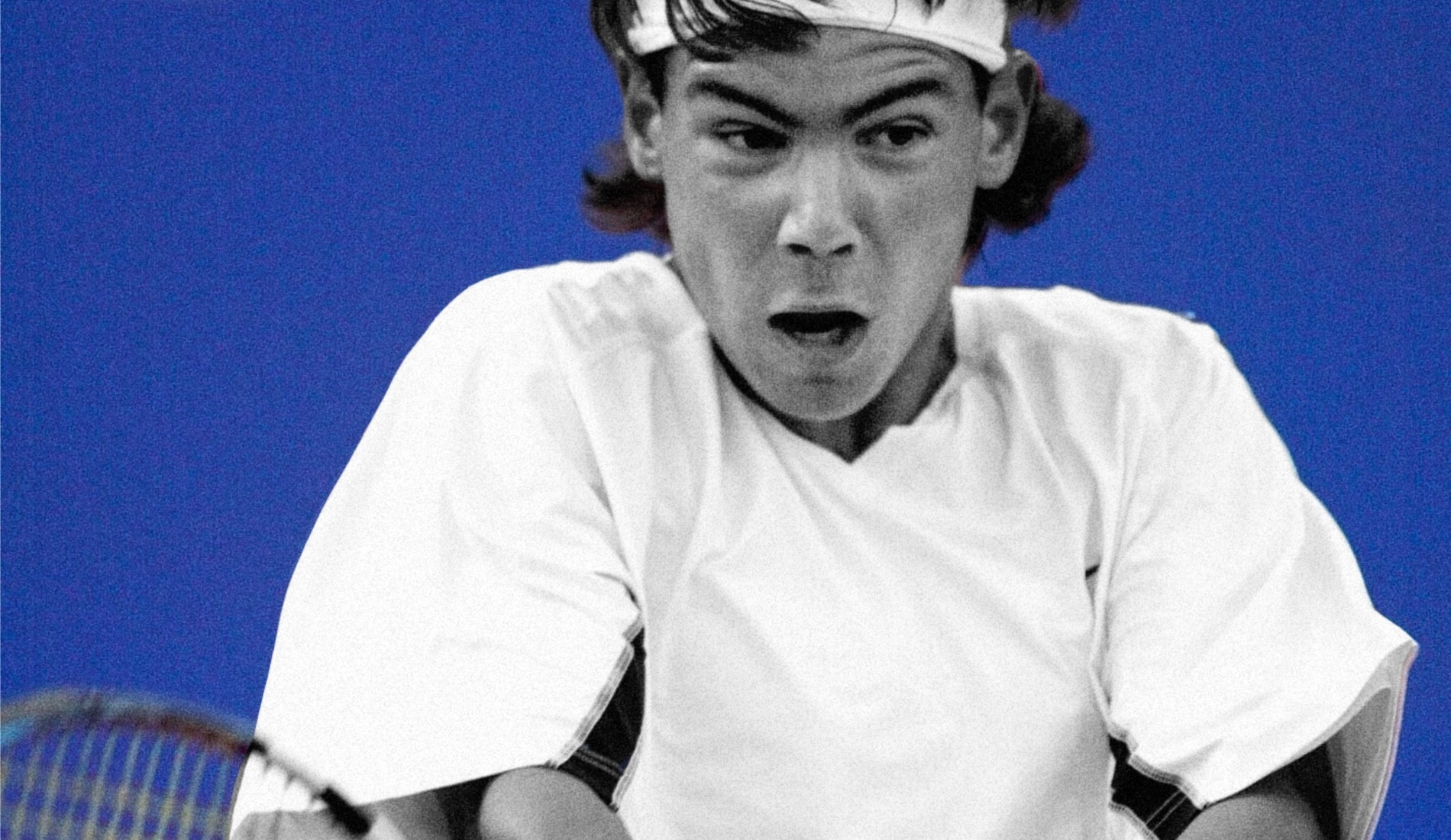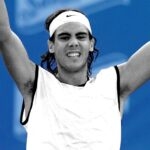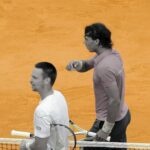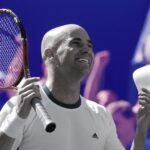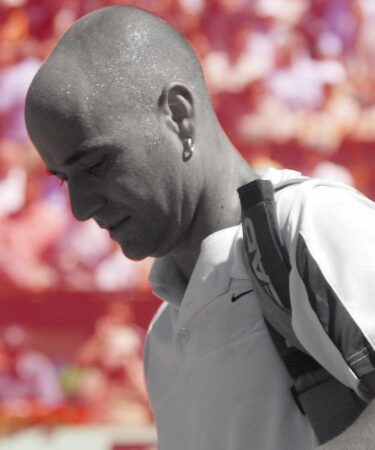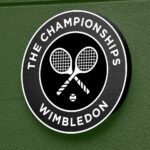August 14, 2005: The day 19-year-old Rafael Nadal won his first hardcourt title
Every day, Tennis Majors takes you back in time to relive a tennis event which happened on this specific day. On this day, August 2005, Rafael Nadal beat Andre Agassi to achieve a significant career milestone
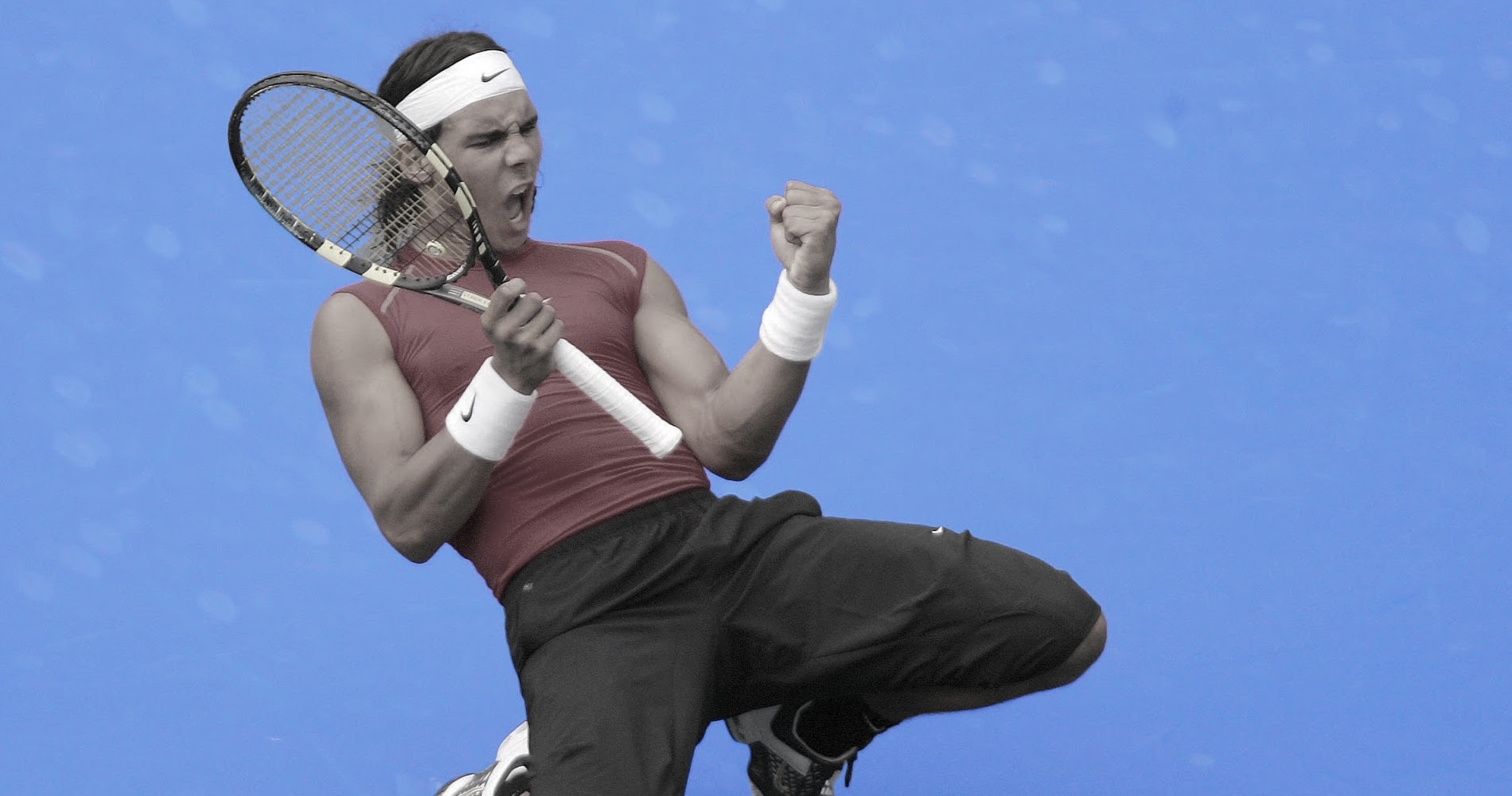 Rafael Nadal – On this day 14.08
Rafael Nadal – On this day 14.08
What happened exactly on that day?
On this day, August 14, 2005, 19-year old Rafael Nadal, who had won Roland-Garros a few months earlier and had already won nine tournaments on clay, clinched his first title on hard court. In the final of the Montreal Masters 1000, the Spaniard, ranked No 2 in the world, edged Andre Agassi, 35 years old and still world No 7, in a clash of generations (6-3, 4-6, 6-2). This was a milestone for Nadal, proving to the world of tennis that he could triumph in important events on another surface than clay.
As for Agassi, reaching the final of a Masters 1000 reminded many sportswriters that despite his age, he was not to be counted out.
The players – Rafael Nadal and Andre Agassi
- Andre Agassi: Icon, trendsetter, legend
Andre Agassi, the Las Vegas Kid, was a tennis legend. He had turned professional in 1986 and soon became one of tennis’ biggest superstars, thanks to his incredible game and his interesting outfits, including the iconic denim shorts and his garish pink compression shorts. Taught by his father and bred at the Nick Bollettieri Academy, his game relied on a perfectly timed, jaw-dropping return (the best of his time) and on hitting the ball on the rise on both sides with incredible power, which was revolutionary at the time and then copied by generations of tennis players.
After finishing runner-up three times, once at the 1990 US Open and twice at Roland-Garros (1990 and 1991), he claimed his first Grand Slam title at Wimbledon in 1992, defeating big server Goran Ivanisevic in the final (6-7, 6-4, 6-4, 1-6, 6-4). This title was followed by the 1994 US Open and the 1995 Australian Open, the only time he beat his eternal rival, Pete Sampras, in a Grand Slam final (4-6, 6-1, 7-6, 6-4). He became world No 1 shortly after this success, on April 10, 1995, and stayed there for 30 weeks.

In 1996 and 1997, despite a gold medal won at the 1996 Olympic Games in Atlanta, Agassi had a very hard time and his ranking dropped as low as world No 141. Displaying great humility, he went back to play on the ATP Challenger Tour at the end of 1997 to regain confidence. In 1999, he finally triumphed at Roland-Garros, eight years after his second final loss there, after a dramatic final where he edged Andrei Medvedev (1-6, 2-6, 6-4, 6-3, 6-4). That year, after finishing runner-up to Sampras at Wimbledon (6-3, 6-4, 7-5), he claimed a second US Open crown and regained the No 1 spot for another 52 weeks. In the following years, he added three more Australian Open titles to his career achievements (2000, 2001, 2003) and appeared at the top of the ATP ranking for the last time on September 7, 2003.
In 2004, he started well, reaching the semi-finals at the Australian Open, which he lost against Marat Safin (7-6, 7-6, 5-7, 1-6, 6-3). At 34, the legend was still alive, but in the following months, injuries prevented him from performing at his best. At Roland-Garros, he lost in the first round against qualifier Jérome Haehnel, suffering from back pain which would force him to withdraw from Wimbledon. In July 2005, he was still ranked No 6, thanks to the quarter-final he had reached at the 2004 US Open and at the 2005 Australian Open (defeated each time by Roger Federer), but he had only claimed one title in the last 18 months. Bothered by injuries, he had lost in the first round of Roland-Garros in May, and he had not entered any other tournament before Los Angeles in late July, where the Las Vegas Kid delivered a vintage performance and clinched the title, crushing one opponent after the other. With this outstanding result, Agassi took the plane to Montreal with renewed ambition.

- Rafael Nadal: King of Clay
In August 2005, Rafael Nadal was only 19 years old, but witnessing him power into the final of the Montreal Masters 1000 was not a surprise. A few months earlier, ranked No 31 in the world, he had made it to the Miami Open final, where he forced world No 1 Federer to a five-set marathon – eventually losing 2-6, 6-7, 7-6, 6-3, 6-1. Later in April, he claimed his first Masters 1000 tournament, in Monte-Carlo, defeating former Roland-Garros runner-up Guillermo Coria (6-3, 6-1, 0-6, 7-6). The following week, he remained undefeated in Barcelona, beating Juan Carlos Ferrero in the final (6-1, 7-6, 6-3) and entered the top 10 for the first time in his career.
In Rome in 2005, bursting with confidence, he continued his winning streak, edging Coria in the longest ATP final ever played (6-4, 3-6, 6-3, 4-6, 7-6). These results made him the favourite at Roland-Garros in what would be his first appearance there. This new pressure did not disturb Nadal, who won the tournament in his debut, beating Federer (6-3, 4-6, 6-4, 6-3) in the semi-final and Mariano Puerta in the final (6-7, 6-3, 6-1, 7-5). He was now No 3 in the world, but on grass, with his game based on an amazing topspin forehand and great defensive skills, he did not achieve any remarkable results, and after Wimbledon, he stayed in Europe to attend and win two clay events (Bastad and Stuttgart).
Arriving in North America, Nadal’s next challenge was to prove he could perform as an elite player on a surface other than clay.
The place: Montreal, Quebec – Canada
The Canadian Open, also known as the Rogers Cup, established in 1881, was the second oldest tennis tournament in the world, after Wimbledon. The event was held every year in summer, alternatively in Toronto and Montreal: In 2006 the men’s event was played in Montreal while the women’s event was played in Toronto.
The Canadian Open was a part of the prestigious Grand Prix from 1970 to 1989, and in 1990, when the ATP Tour became the only professional circuit, it entered the Super 9 category, later known as Masters 1000. Among its former champions were great players such as Ivan Lendl (1980, 1981, 1983, 1987-89), John McEnroe (1984, 1985), Patrick Rafter (1998), Marat Safin (2000) and Roger Federer (2004). As for Agassi, he had triumphed three times at the Canadian Open, in 1992, 1994 and 1995.
The facts: A rare generational clash
The 2005 final of the Canadian Open, held that year in Montreal, saw an interesting clash of generations. Indeed, when Nadal was born, in 1986, his opponent of the day, Andre Agassi, was already competing on the Tour. Nadal had grown up as a tennis player watching the Las Vegas Kid on television, but this time, Agassi stood in front of him in person, trying to prevent him from claiming his first title on hard court.
With his young age, great fitness and recent results, Nadal was the favourite on paper. Yet Agassi was not to be counted out: he had just won the tournament in Los Angeles and he was a hard-court specialist, whereas Nadal had only succeeded on clay so far.
With his experience, Agassi knew that playing aggressive was his only hope to disturb the Spaniard. From the very start, he parked himself on the baseline and tried to dictate the game by hitting every ball on the rise, to avoid being overwhelmed by Nadal’s topspin. It was not enough and the young left-hander’s defensive skills often pushed Agassi to take too much risk.
Nadal took the first set, 6-3. Then, with the support of the crowd, the American raised his level, and, thanks to several amazing shots, he managed to outplay Nadal enough to take the second set, 6-4.
In the first game of the final set, Agassi hit an incredible winner backhand half-volley from the baseline. At that moment, it seemed that the Las Vegas Kid could actually upset the Roland-Garros champion, but he ran out of fuel in the decider. Exhausted by the extended rallies, he was forced to take on greater risk, and eventually started missing too much. Nadal sealed the set 6-2. After one hour and 58 minutes of great tennis, the young Spaniard could enjoy his first title on hard court.
What happened next? Agassi reaches US Open final while Nadal wins six hardcourt Slams
In the following weeks, Agassi would achieve amazing results, reaching the final at the US Open, his last Grand Slam final, losing to Federer in four sets of high-level tennis (6-3, 2-6, 7-6, 6-1). The 60th title he had conquered in Los Angeles would also be his last. In 2006 would he leave the top 10 once and for all. Playing only eight tournaments, he would put an end to his career at Flushing Meadows. After delivering a last epic fight to prevail against world No 8 Marcos Baghdatis (6-4, 6-4, 3-6, 5-7, 7-5), he would be defeated by Germany’s Benjamin Becker in the third round, 7-5, 6-7, 6-4, 7-5.
Although Nadal would be defeated in the third round of the US Open in 2005 by a red-hot James Blake (6-4, 4-6, 6-3, 6-1), he would prove himself capable of triumphing on every surface. Improving his game every year, he would claim, on top of his 14 Roland-Garros crowns, two Grand Slam titles on grass at Wimbledon, and six on hard courts, two at the Australian Open (2009 and 2022), and four at the US Open (2010, 2013, 2017, 2019).
Nadal and Agassi would face each other one more time, in 2006, in the third round at Wimbledon, and the Spaniard would prevail (7-6, 6-2, 6-4).
